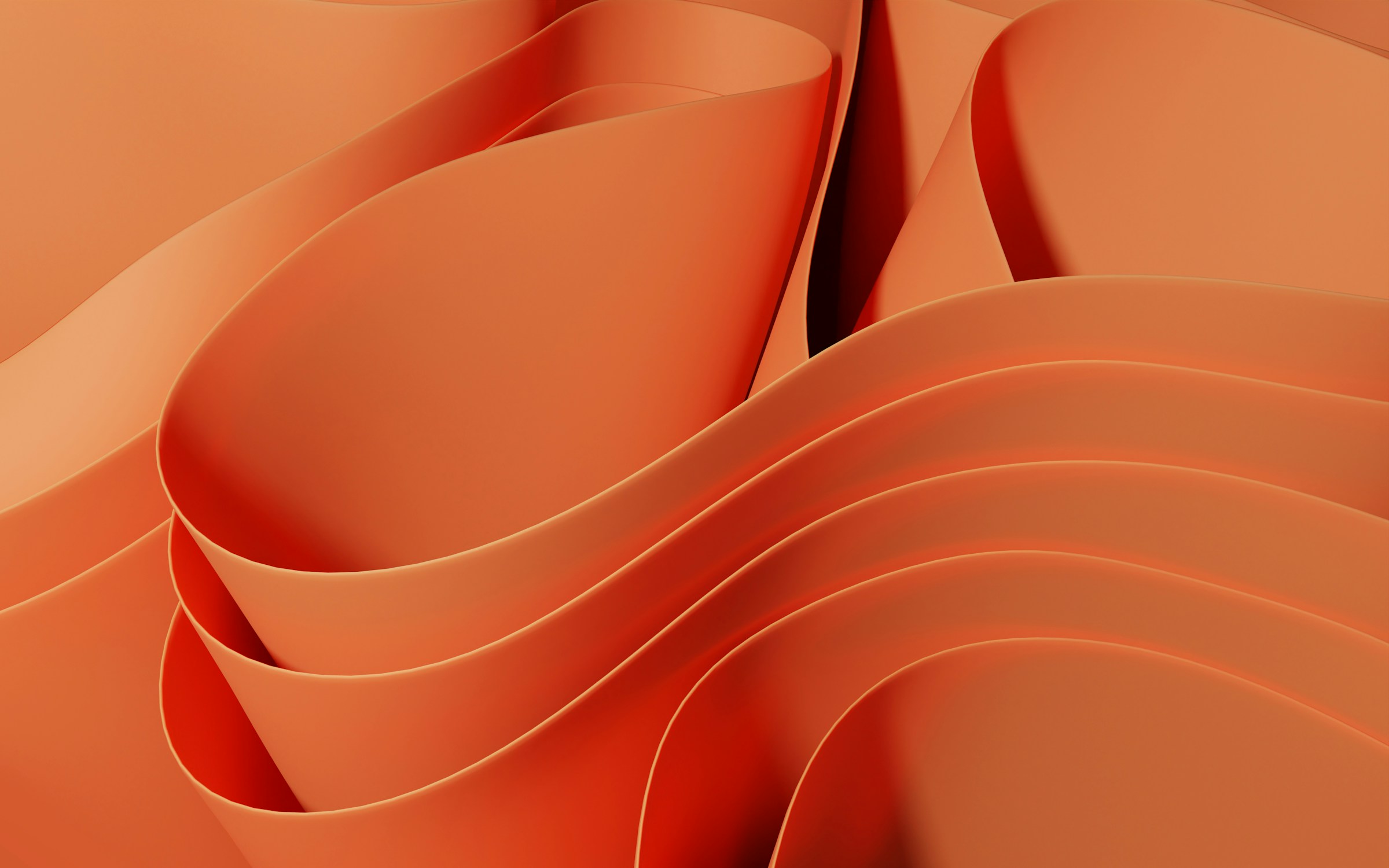Creating a charcoal-style piece of art using AI involves crafting a precise text prompt that guides the system to generate an image mimicking traditional charcoal techniques. Here’s a brief overview of the process:
1. Crafting the Prompt
The key to achieving a realistic charcoal effect is in the wording. A strong prompt might include terms like:
“A dramatic charcoal drawing of an old oak tree, highly detailed, rich shading, deep blacks and soft highlights, realistic texture, expressive strokes, high contrast, 8K resolution.”
Adding phrases such as “hyper-realistic,”“monochrome,” or “inspired by classic charcoal sketches” helps refine the look further.
2. Generating the Image
Once the prompt is entered into the AI system, it analyzes the description and generates variations based on its understanding of charcoal art. Users can refine results by tweaking the prompt, adjusting contrast, or regenerating variations for a more authentic hand-drawn appearance.
3. Post-Processing (Optional)
To enhance realism, users can bring the AI-generated image into Photoshop or other editing tools. Adding grain, subtle smudging, or refining edges can improve the illusion of a true charcoal drawing.
Latest
More from the site
Jeremiah Heberly
AI
Updates are coming soon.
#AI Testing the latest updates!
Read post
Jeremiah Heberly
AI
It’s all art…
#AI #Design #Graphics At S’more Design Co., we understand that the heart of exceptional design lies in the delicate balance between human creativity and technological innovation. Our design process
Read post
Jeremiah Heberly
AI
Creative Philosophy
#AI #Design #Technology My time working at Disney with photo and video capture technology was instrumental in shaping my passion for design and innovative thinking. Immersed in a world where cutting-
Read post

